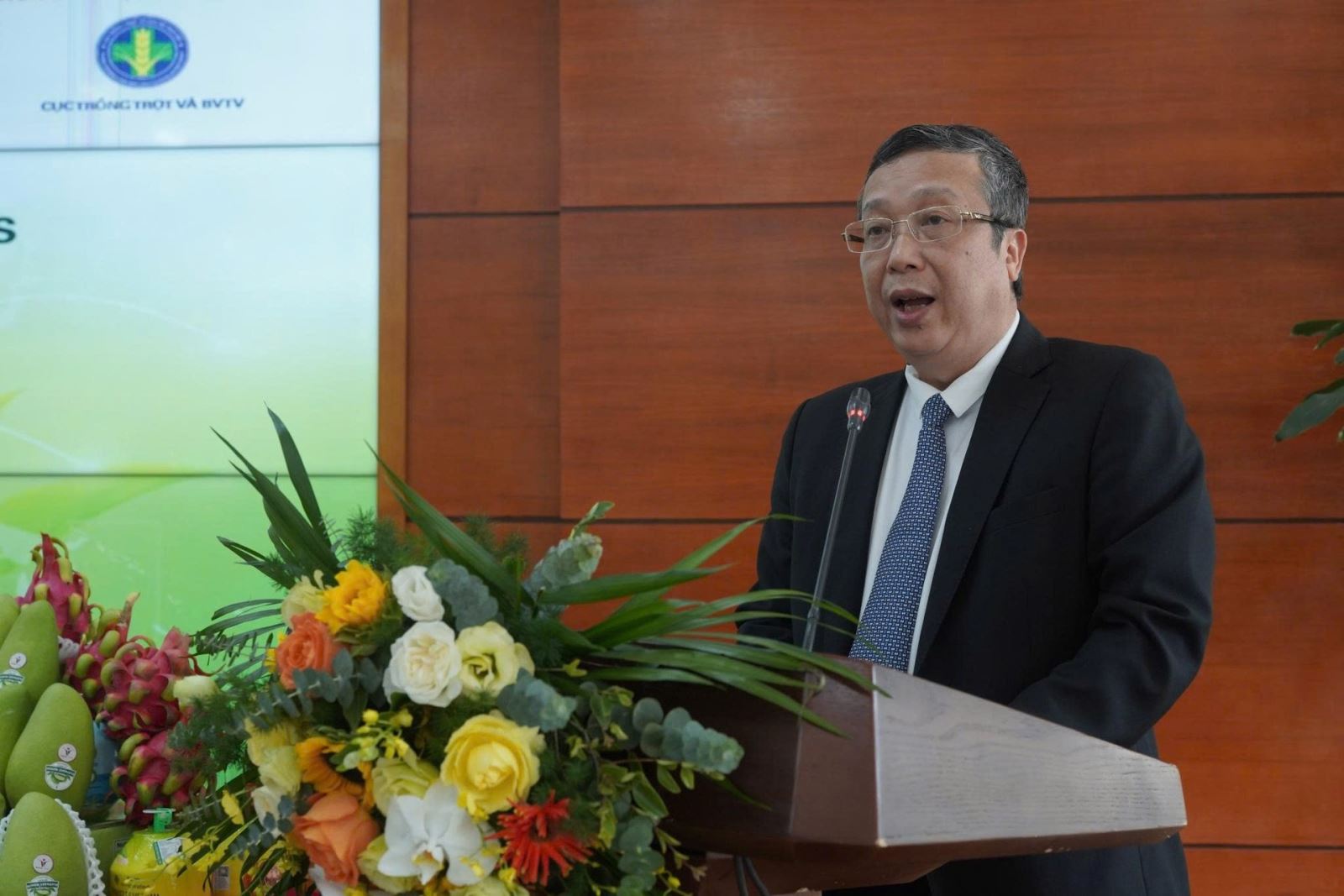
Speaking at the ceremony, Deputy Minister of Agriculture and Environment Hoang Trung emphasized that this is a special event in the agricultural cooperation between Vietnam and Australia - not only a trade and technical event, but also a vivid demonstration of trust and understanding cooperation, together aiming at the goal of sustainable development, for the benefit of farmers and consumers of the two countries.
Deputy Minister Hoang Trung said that Australia is becoming one of Vietnam's trusted and important partners in the global agricultural supply chain. Two-way agricultural trade turnover in 2024 will reach 2.24 billion USD, with growth in many key products between the two countries.
However, compared to the agricultural production potential of both sides, this is still a modest figure, there is still much room for further development in the coming time. Therefore, the two countries regularly exchange technical cooperation and policy dialogue, creating more favorable conditions for opening the market for potential fruits of the two countries.
To date, grapefruit is the sixth fruit from Vietnam allowed into Australia (after dragon fruit, lychee, longan, mango and passion fruit). Meanwhile, blueberries are the seventh fruit from Australia imported into Vietnam (after grapes, oranges, tangerines, cherries, peaches and nectarines).
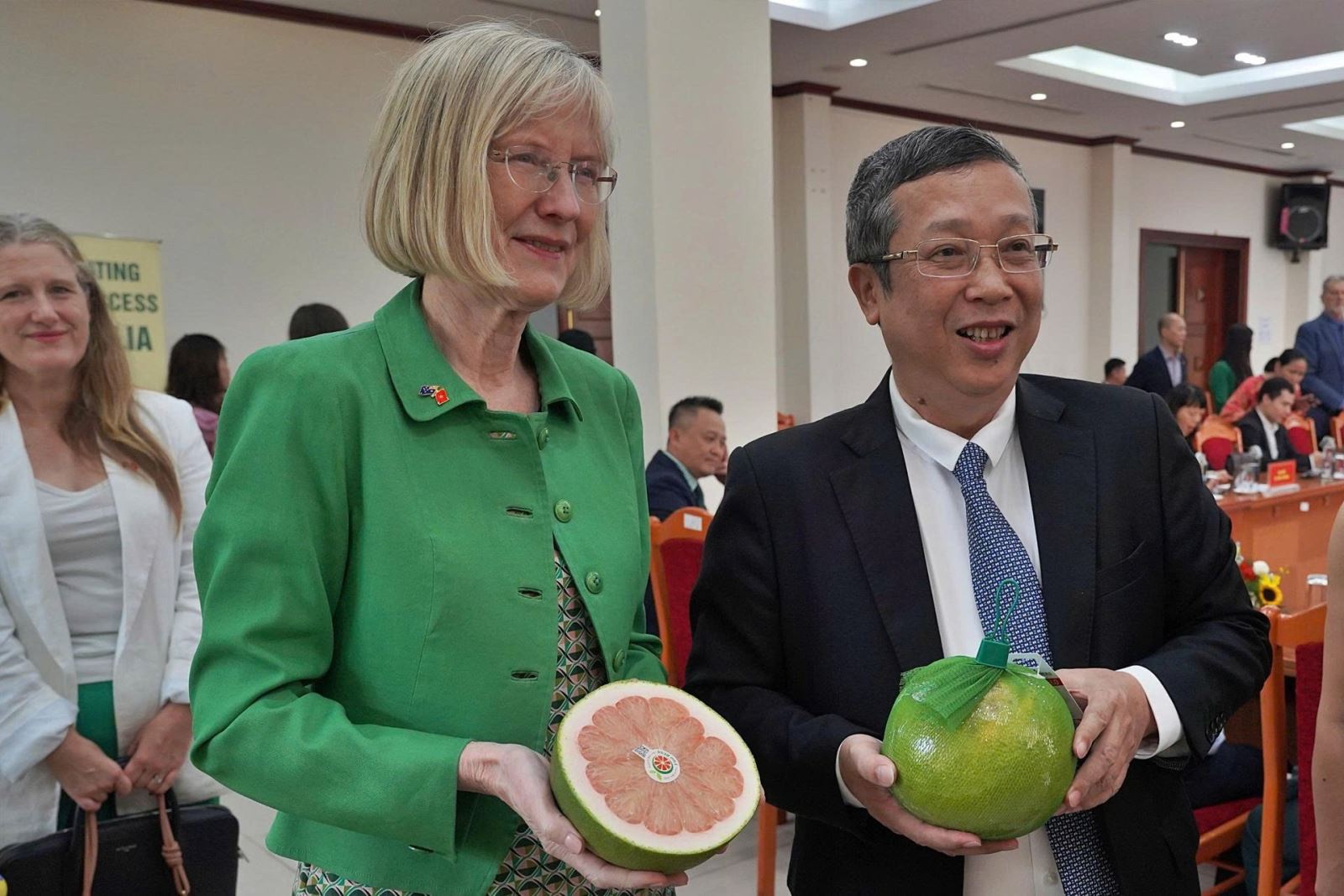
In recent years, the Vietnamese grapefruit industry has made strong progress in standardizing growing areas, safe production, traceability, and applying advanced cultivation techniques according to VietGAP/GlobalGAP standards, integrated pest management (IPM), fruit bagging and off-season flowering treatment, ensuring consistent quality and almost year-round supply. Other plant quarantine standards such as irradiation treatment and packaging facilities have also been proactively met by localities and businesses.
To facilitate the export of Vietnamese grapefruit and Australian blueberries, Deputy Minister Hoang Trung requested that the Ministry's units, localities, businesses and industry associations comply with Australian regulations on fresh Vietnamese grapefruit, especially the production process, traceability, and pest control; Strengthen training and propaganda for people about regulations to ensure product quality when exporting, enhance the image of Vietnamese agricultural products in the international market in general and the Australian market in particular. Along with that, the Vietnamese technical quarantine agency quickly completed the necessary technical procedures, creating favorable conditions for the import of Australian blueberries into Vietnam.
“This is the result of effective coordination between management agencies, businesses and farmers of the two countries, especially the efforts of the Department of Crop Production and Plant Protection of Vietnam and the Australian Department of Agriculture, Fisheries and Forestry (DAFF) throughout the process of negotiation, risk analysis and development of import plant quarantine conditions,” Deputy Minister of Agriculture and Environment Hoang Trung emphasized.
Mr. Huynh Tan Dat, Director of the Department of Crop Production and Plant Protection, said that for the Australian market, starting from mid-2023, the Department of Crop Production and Plant Protection has received notice from DAFF about starting to conduct pest risk analysis for Vietnamese grapefruit.
In recent times, the two sides have actively coordinated to promote technical exchanges, complete pest risk analysis reports and reach an agreement allowing fresh grapefruit from Vietnam to be imported into Australia.
According to the agreement, fresh grapefruit exported from Vietnam to Australia must meet the following conditions: Fresh grapefruit must be whole, without or with a short stem (cut short close to the peel); grapefruit growing areas and packaging facilities must be given codes before export. Exported grapefruit must not be contaminated with 19 harmful organisms banned by Australia. Exported grapefruit shipments must comply with packaging, labeling and preservation requirements.
In addition, fresh grapefruit shipments for export must be irradiated at an irradiation facility approved by the Department of Crop Production and Plant Protection at a minimum dose of 150 Gy. Fresh grapefruit shipments must undergo phytosanitary procedures before export and must undergo phytosanitary inspection at the Australian port of arrival.
To ensure full compliance with requirements on plant quarantine and food safety for grapefruit exported to Australia, the Department of Crop Production and Plant Protection will coordinate with specialized agencies in localities to conduct training and disseminate regulations on plant quarantine and food safety; provide guidance on establishing and granting codes for growing areas and facilities for packing grapefruit for export, etc.
At the ceremony, representatives of the Ministry of Agriculture and Environment and the Australian Embassy will sign the Conditions for importing Australian Blueberries into Vietnam and the Operational Work Plan - conditions for importing Vietnamese Grapefruit into Australia.
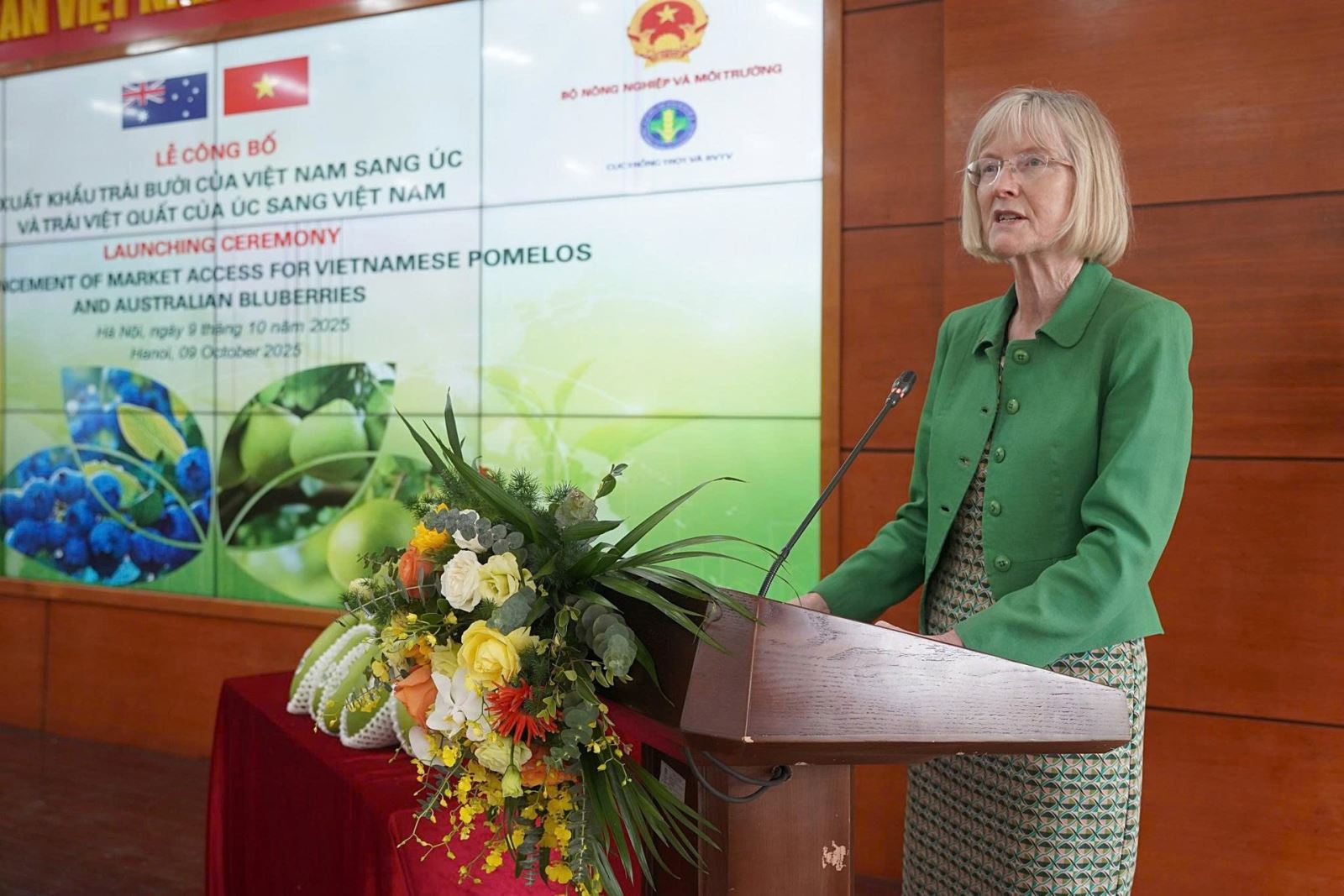
Expressing her joy at the signing of the fruit import-export cooperation agreement between the two countries, Australian Ambassador to Vietnam Gillian Bird said she was delighted to attend the ceremony announcing the opening of the market for Vietnamese grapefruit to Australia and Australian blueberries to Vietnam, an important milestone in agricultural cooperation between the two countries.
According to Ms. Bird, agriculture is one of the important pillars of bilateral cooperation. Both countries share the goal of developing sustainable, profitable and climate-resilient agriculture. By 2024, two-way trade in agriculture and food will reach 4.4 billion AUD, demonstrating the deepening economic relationship. Australia currently supplies Vietnam with high-quality products such as cotton, wheat, red meat, dairy and vegetables, while Australia's demand for Vietnamese agricultural products such as seafood, coffee, rice and fruits is also constantly increasing. The signing of the protocol today opens up great opportunities for fruit and vegetable trade cooperation.
“I am delighted that Vietnamese consumers will soon be able to enjoy Australian blueberries – a product grown in diverse soil and climate, with delicious flavour, high nutritional value and meeting the strictest standards of safety and sustainability,” she said. Due to the short geographical distance, Australian blueberries can be transported to the Vietnamese market just 24 hours after harvest.
In return, the Ambassador also expressed her wish to soon enjoy Vietnamese grapefruit in Australia. The Ambassador highly appreciated the cooperation efforts between the Australian Ministry of Agriculture, Fisheries and Forestry and the Vietnamese Ministry of Agriculture and Environment, especially the Department of Crop Production and Plant Protection, in implementing the “2 + 2” cooperation mechanism, allowing each side to simultaneously open the market for two priority products. The Ambassador believes that this mechanism will continue to bring many new achievements in the coming time, contributing to promoting agricultural trade and further deepening the strategic partnership between the two countries.
Fresh grapefruit from Vietnam is now available in the markets of 14 countries and territories, including the United States, South Korea, New Zealand... In recent years, the grapefruit growing area in our country has been increasingly expanded, from 50,000 hectares in 2015 to more than 100,000 hectares in 2025 with an output of nearly 1 million tons per year. The export turnover of fresh grapefruit is about 60 million USD (in 2024). For grapefruit, the production cost is not too high, and it can be harvested all year round, creating a competitive advantage for export. Therefore, Vietnamese grapefruit still has a lot of room for export.
For the Australian market, starting from mid-2023, the Department of Crop Production and Plant Protection (formerly the Plant Protection Department) has received notice from DAFF about starting to conduct a pest risk analysis for Vietnamese grapefruit. Over the past two years, the two sides have actively coordinated to promote the technical exchange process, complete the pest risk analysis report and reach an agreement for fresh Vietnamese grapefruit to be imported into Australia. Thus, this will be the 6th fruit from Vietnam to successfully open to the Australian market (alongside dragon fruit, lychee, longan, mango and passion fruit).
Source: https://baotintuc.vn/kinh-te/trai-buoi-viet-nam-chinh-thuc-duoc-cap-visa-sang-thi-truong-australia-20251009111054448.htm


![[Photo] Prime Minister Pham Minh Chinh chairs the Conference to deploy the National Target Program on Drug Prevention and Control until 2030](https://vphoto.vietnam.vn/thumb/1200x675/vietnam/resource/IMAGE/2025/10/09/1759990393779_dsc-0495-jpg.webp)


![[Photo] Prime Minister Pham Minh Chinh chairs a meeting of the Government Standing Committee on overcoming the consequences of natural disasters after storm No. 11](https://vphoto.vietnam.vn/thumb/1200x675/vietnam/resource/IMAGE/2025/10/09/1759997894015_dsc-0591-jpg.webp)




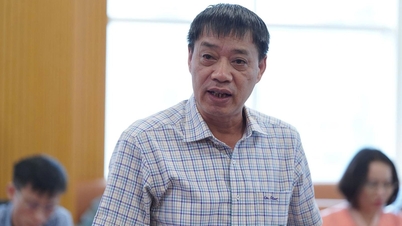

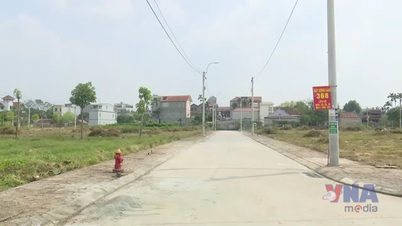



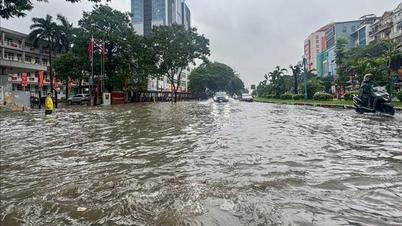
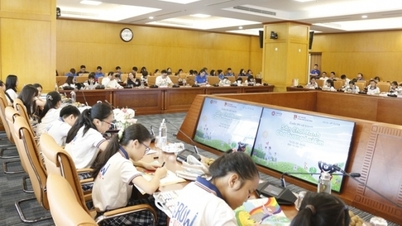



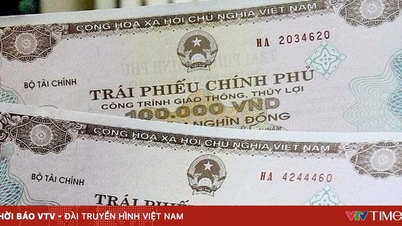









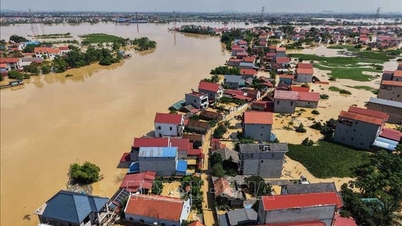
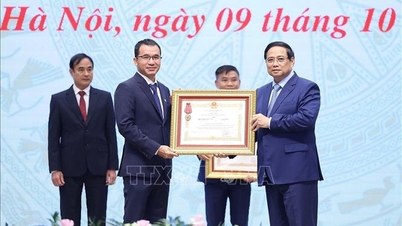















































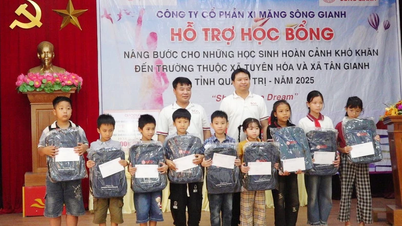





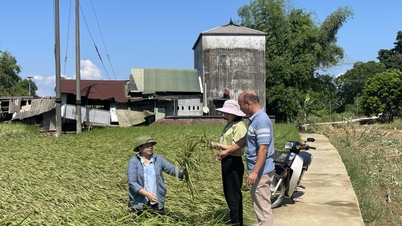



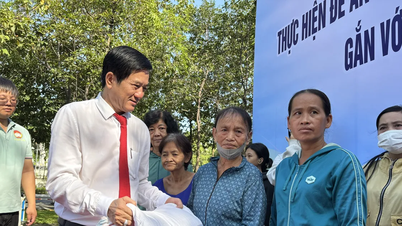














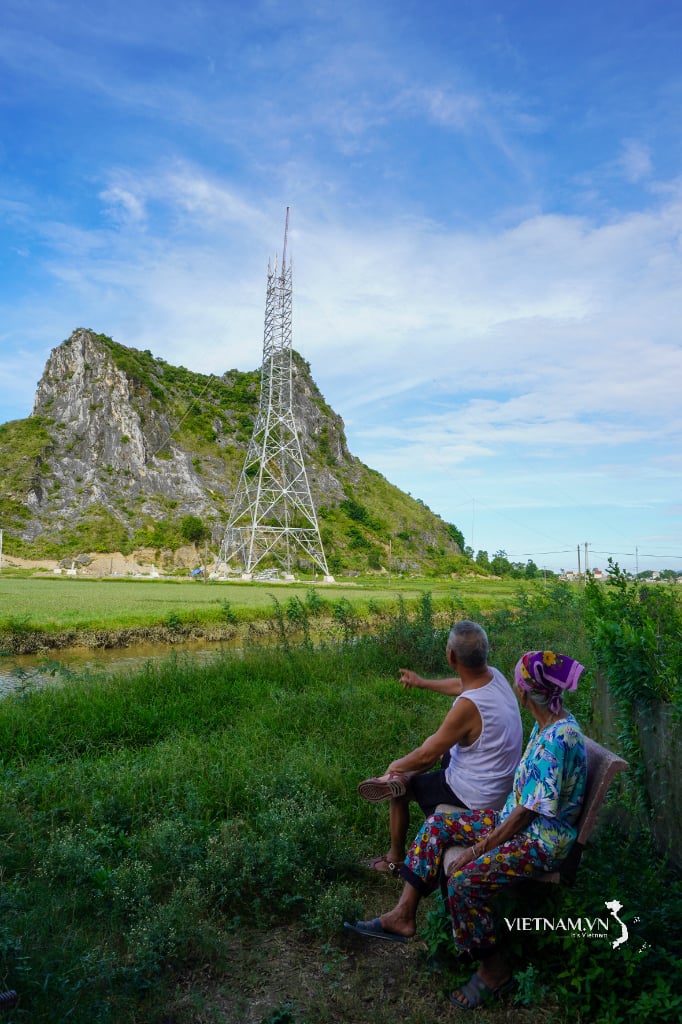
Comment (0)